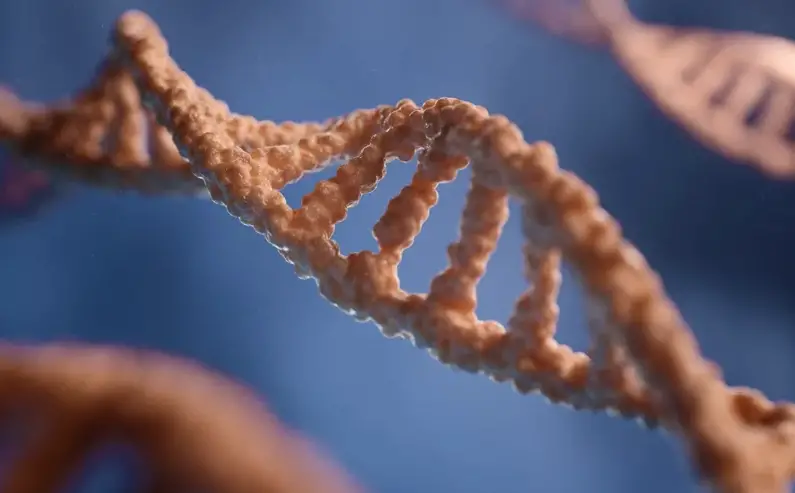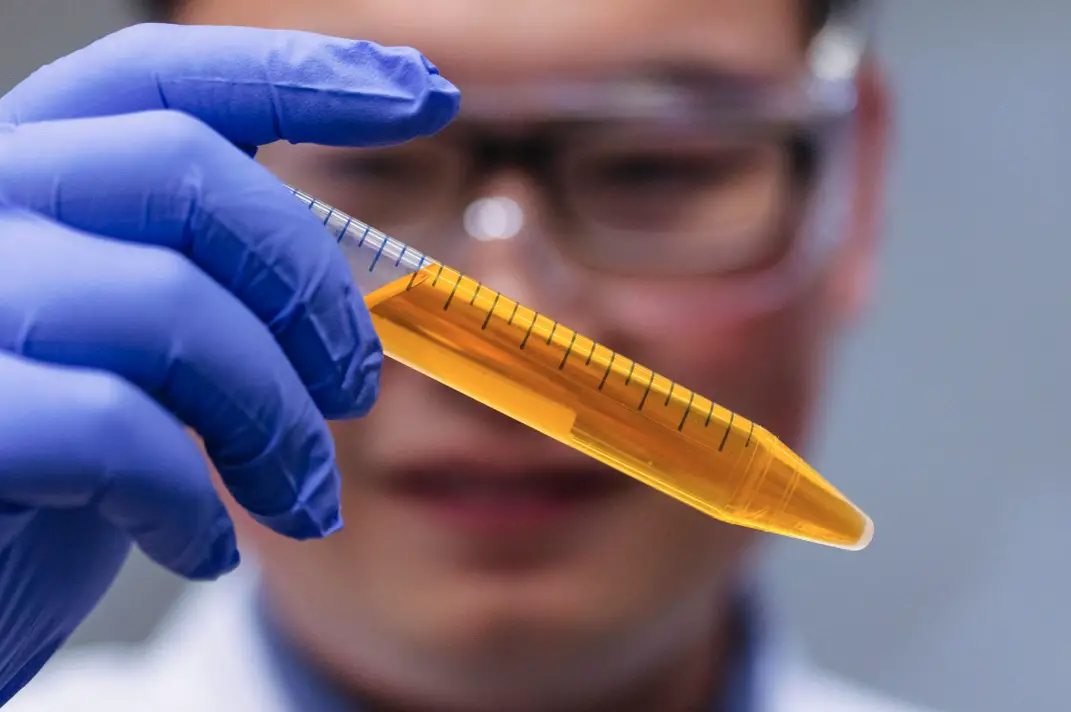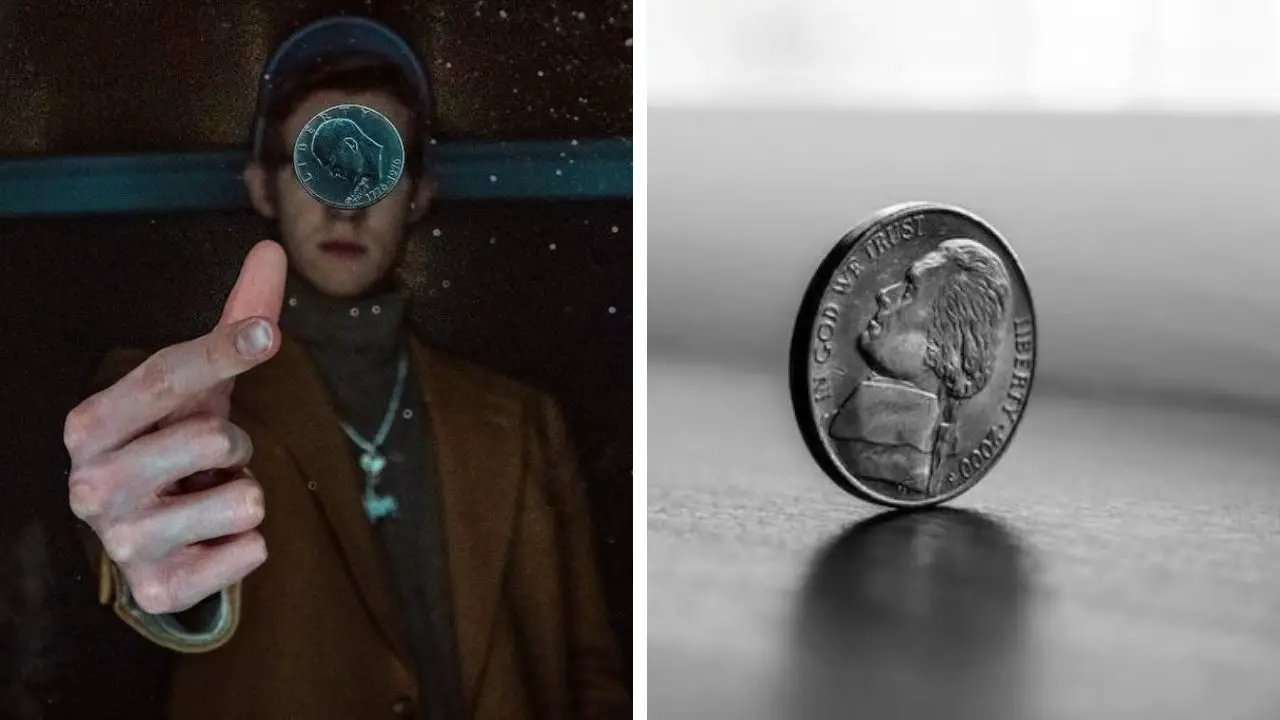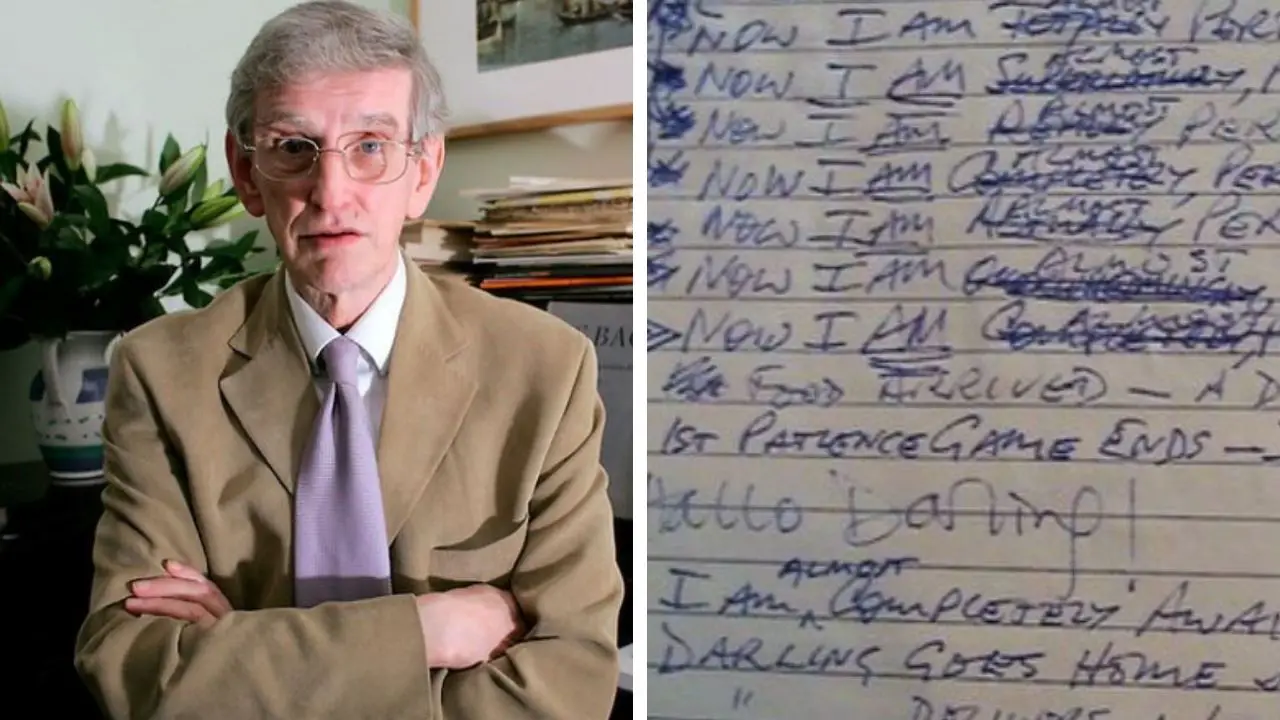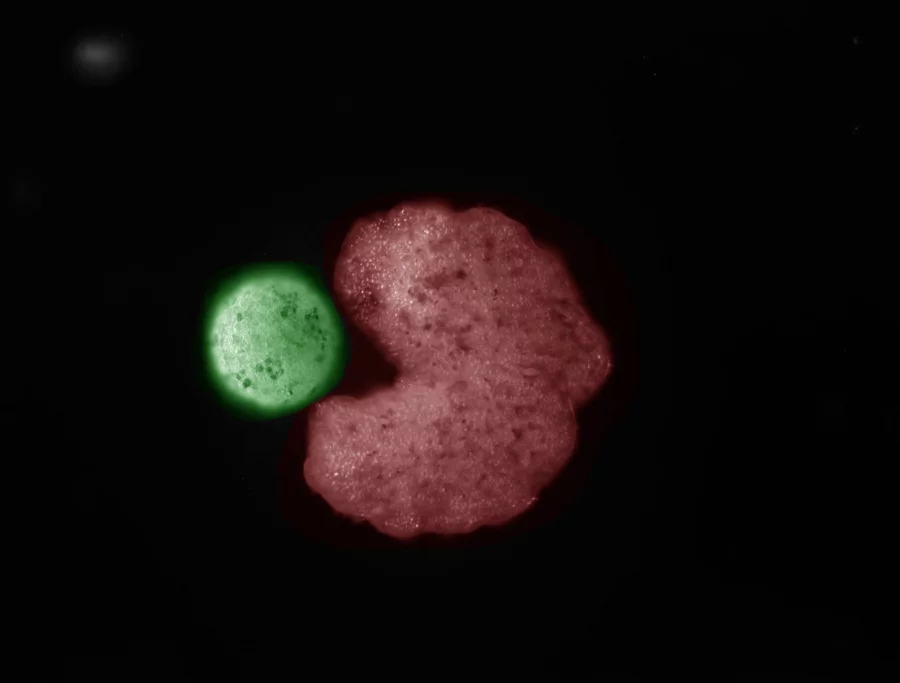Bill Gates office has a giant wall-mounted periodic table with samples or representations of all the elements

In the heart of Seattle, just outside the city, lies the office of one of the world’s most influential figures, Bill Gates.
This isn’t just any office. It’s home to a scientific marvel that has captivated visitors and the internet alike: a giant wall-mounted periodic table with samples or representations of all 118 known elements.
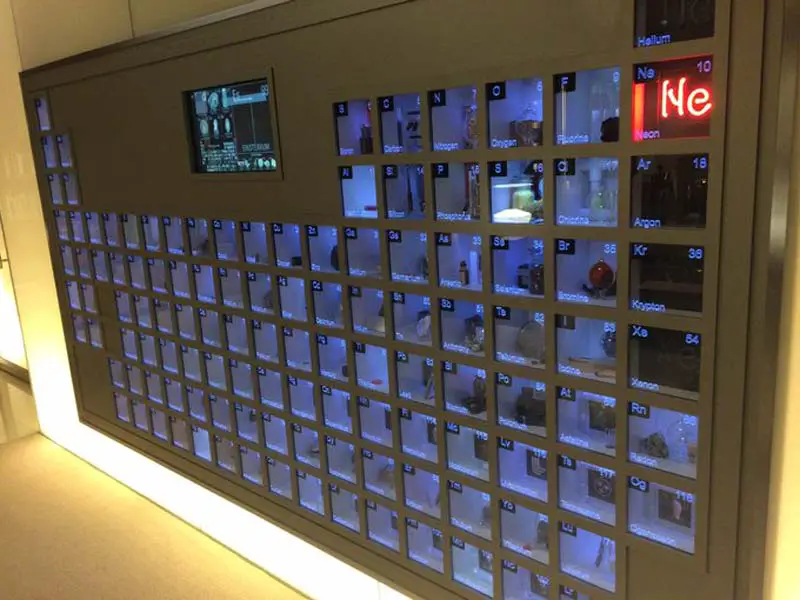
A Scientific Marvel in the Heart of Seattle
Bill Gates’ office is far from a typical workspace. Floor-to-ceiling bookshelves line the walls.
Breathtaking views stretch beyond the windows. Yet, the centerpiece is a full-size, 3D wall-mounted periodic table.
Each element sits in a colorful, glass-mounted cube. Two-letter symbols label each one—Au for gold, Pt for platinum, and so on.
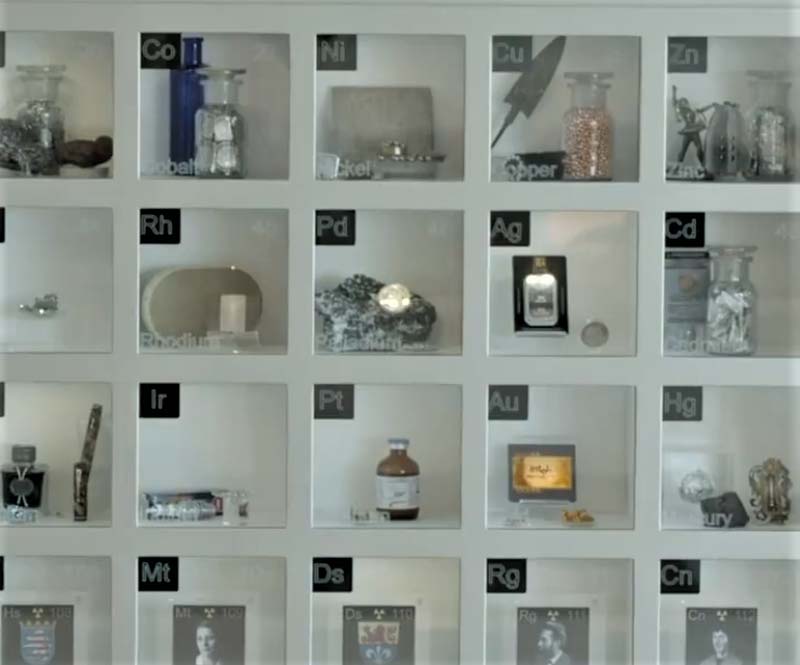
This isn’t mere decoration. It’s a functional display. Each element is either physically present or represented by an associative object.
Gold, for instance, appears as an Intel Pentium Pro processor, containing up to 400 mg of gold in its gold-plated pins.
Other elements shine with creativity: a platinum razor blade for platinum, a tiny radium-painted alarm clock that glows for radium, shimmering gold flakes for gold, and a bottle of Pepto Bismol for bismuth.
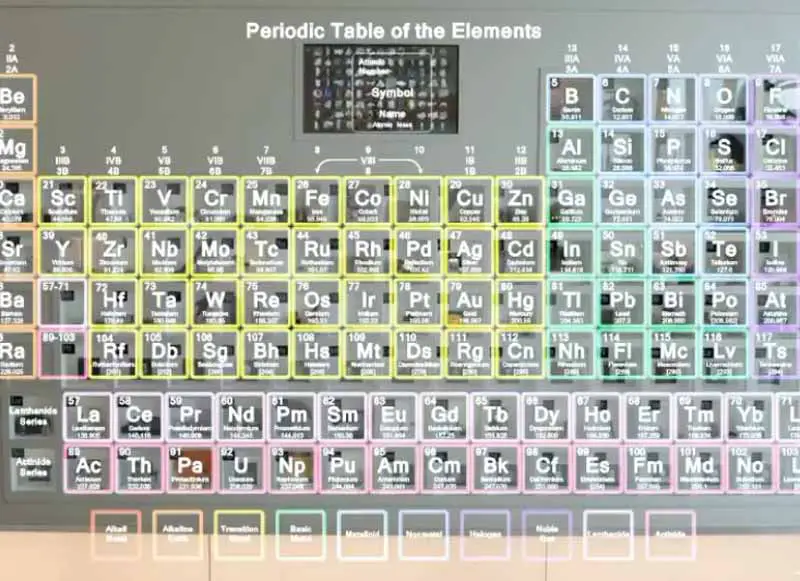
From Gold to Uranium: Every Element Has Its Place
The periodic table includes all 118 known elements. Eighty-five are physically present.
The rest, too rare or unstable, have symbolic representations. Einsteinium is depicted by a picture of Albert Einstein.
Polonium features the coat of arms of Poland, where it was first discovered.
Hazardous elements require special care. Uranium sits behind lead glass to block radiation.
Highly reactive elements like potassium and sodium are stored in hermetically sealed, oil-dipped capsules to prevent ignition.
This meticulous approach ensures safety while maintaining the display’s integrity.
| Element | Representation | Safety Measure |
|---|---|---|
| Gold | Intel Pentium Pro processor | None required |
| Uranium | Physical sample | Stored behind lead glass |
| Potassium | Physical sample | Sealed in oil-filled capsule |
| Einsteinium | Picture of Albert Einstein | None required |
| Polonium | Coat of arms of Poland | None required |
Will Smith’s Awe and the Internet’s Fascination
The periodic table draws attention from all corners. In 2019, Will Smith visited Gates’ office during a press tour for his movie Gemini Man.
He was floored. “His office is ridiculous,” Smith said in an Instagram video, gesturing to the periodic table.
“That’s fantastic,” he added, joking about stealing the idea.
The internet shares Smith’s enthusiasm. A photo posted by @MAstronomers on X sparked widespread interest.
Gates reposted it, writing, “The periodic table reminds me of how one discovery can lead to countless others”.
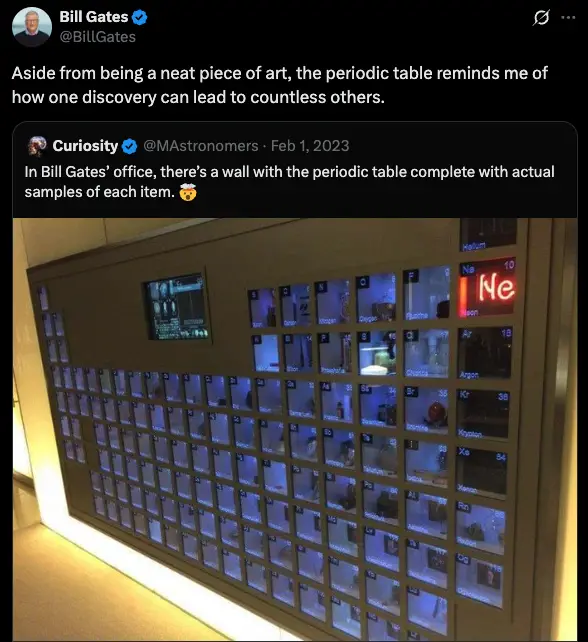
Online comments range from awe—“Ok, that’s so freaking cool”—to curiosity about storing radioactive elements.
The Significance Behind the Display
For Gates, the periodic table is more than a collection. It’s a symbol of scientific progress.
“When you walk into my office, one of the first things you see is a huge version of the periodic table, featuring examples or representations of all 118 elements,” he wrote in his Gates Notes.
He credits Russian chemist Dmitri Mendeleyev, who first proposed the table. Gates sees it as the foundation for understanding the universe’s complexity.
Gates’ passion shines through his reading recommendations. He calls Mendeleyev’s Dream the best book he’s read on the periodic table.
It underscores his deep interest in chemistry’s role in science and technology.
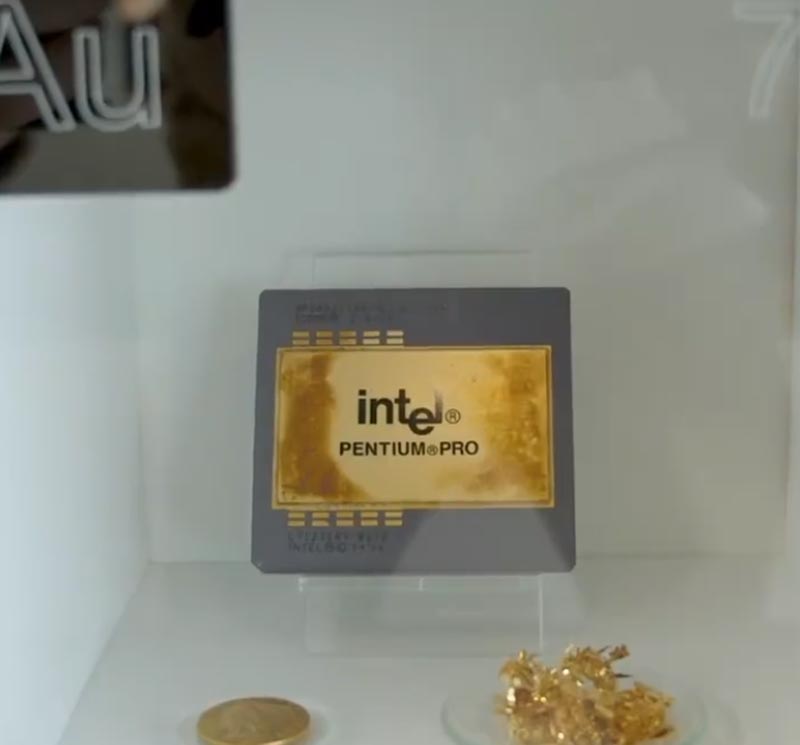
Challenges of Displaying Radioactive Elements
Displaying every element isn’t simple. Radioactive elements like francium and uranium pose risks.
Francium is rare and unstable, making physical samples nearly impossible. Uranium requires lead glass shielding.
Online discussions highlight these challenges. Some users question the safety of housing such elements together.
Despite these hurdles, Gates’ display is a triumph. It balances scientific accuracy with safety, showcasing human ingenuity.
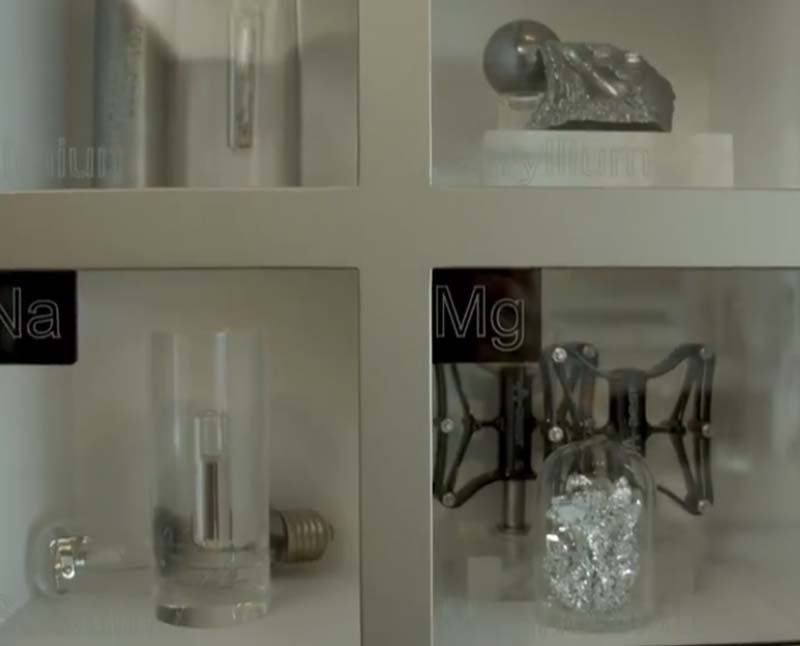
A Reflection of Gates’ Passion for Science
The periodic table reflects Bill Gates’ lifelong curiosity. Visitors like Will Smith and students from Radboud University, who noted the display during a tour, leave inspired.
In a world where science and technology intertwine, Gates’ periodic table bridges the two. It reminds us of chemistry’s foundational role.
As Gates has said, understanding atoms enables chips, software, and even artificial intelligence.
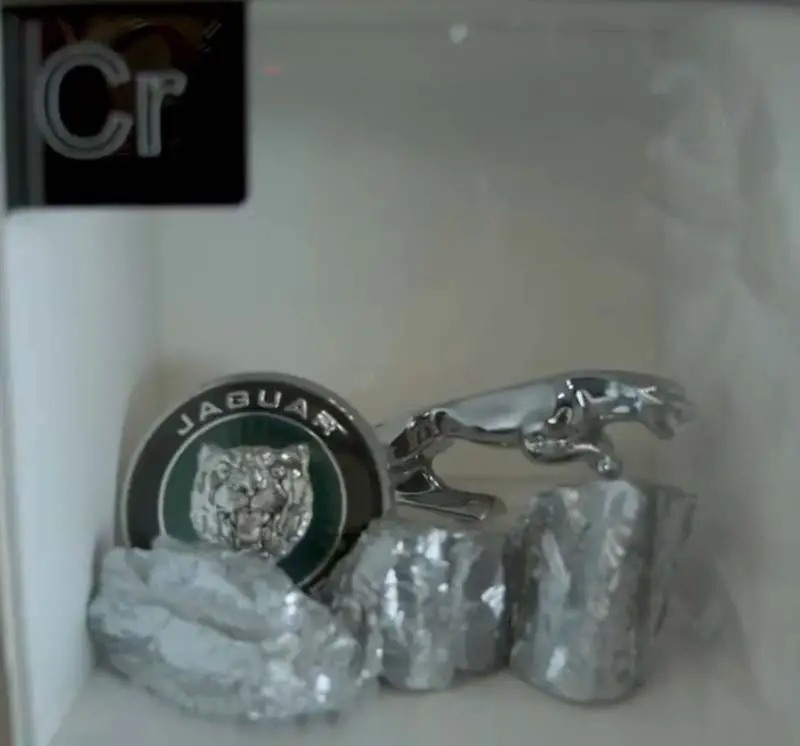
Similar Displays Around the World
Gates’ periodic table isn’t entirely unique. Radboud University in the Netherlands has a similar cabinet in its Huygens Building.
It houses 85 of the 118 elements, serving as an educational tool for students.
Such displays highlight the periodic table’s universal appeal. They inspire curiosity and learning worldwide.
Educational Impact and Inspiration
The display’s educational value is undeniable. It brings chemistry to life.
Visitors, from celebrities to students, gain a tangible connection to the elements. Gates’ office becomes a classroom, sparking interest in science.
Bill Gates’ wall-mounted periodic table is more than a quirky office feature. It’s a celebration of science.
It’s a nod to human ingenuity. It’s a reminder of the wonders of understanding the elements.
As Gates said, “The periodic table reminds me of how one discovery can lead to countless others.” This spirit of discovery makes his office—and his periodic table—truly remarkable.














